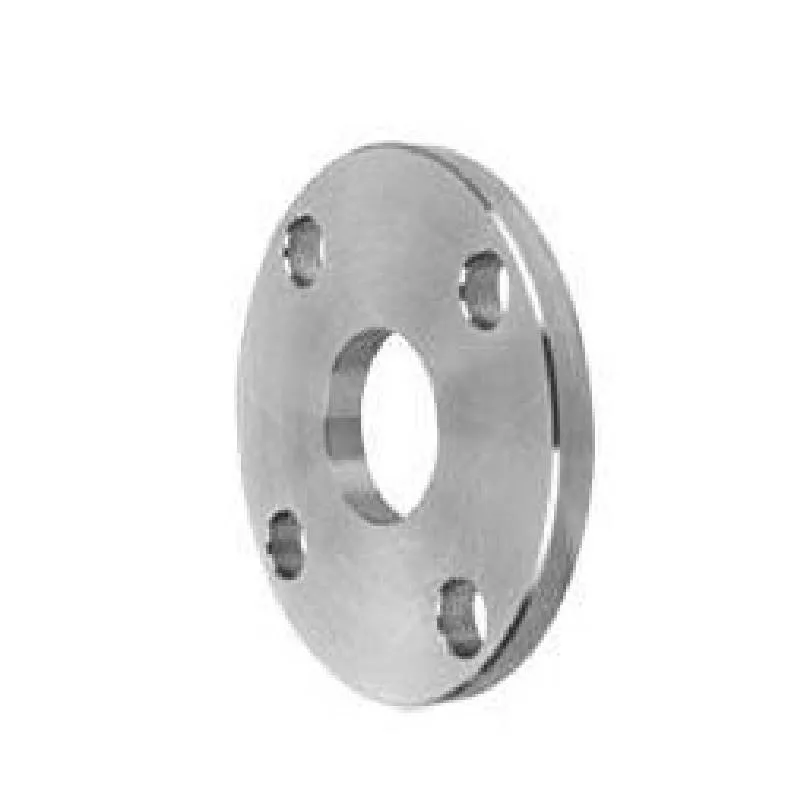-
Cangzhou Yulong Steel Co., Ltd.
-
Phone:
+86 13303177267 -
Email:
admin@ylsteelfittings.com
- English
- Arabic
- Italian
- Spanish
- Portuguese
- German
- kazakh
- Persian
- Greek
- French
- Russian
- Polish
- Thai
- Indonesian
- Vietnamese
- Zulu
- Korean
- Uzbek
- Hindi
- Serbian
- Malay
- Ukrainian
- Gujarati
- Haitian Creole
- hausa
- hawaiian
- Hebrew
- Miao
- Hungarian
- Icelandic
- igbo
- irish
- Japanese
- Javanese
- Kannada
- Khmer
- Rwandese
- Afrikaans
- Albanian
- Amharic
- Armenian
- Azerbaijani
- Basque
- Belarusian
- Bengali
- Bosnian
- Bulgarian
- Catalan
- Cebuano
- China
- China (Taiwan)
- Corsican
- Croatian
- Czech
- Danish
- Esperanto
- Estonian
- Finnish
- Frisian
- Galician
- Georgian
- Kurdish
- Kyrgyz
- Lao
- Latin
- Latvian
- Lithuanian
- Luxembourgish
- Macedonian
- Malgashi
- Malayalam
- Maltese
- Maori
- Marathi
- Mongolian
- Myanmar
- Nepali
- Norwegian
- Norwegian
- Occitan
- Pashto
- Dutch
- Punjabi
- Romanian
- Samoan
- Scottish Gaelic
- Sesotho
- Shona
- Sindhi
- Sinhala
- Slovak
- Slovenian
- Somali
- Sundanese
- Swahili
- Swedish
- Tagalog
- Tajik
- Tamil
- Tatar
- Telugu
- Turkish
- Turkmen
- Urdu
- Uighur
- Welsh
- Bantu
- Yiddish
- Yoruba

Nov . 11, 2024 20:04 Back to list
metal tube
Exploring the Versatility and Applications of Metal Tubes
Metal tubes are integral components across various industries, playing a crucial role in everything from construction to automotive applications. Their robustness, flexibility, and ability to withstand high pressure make them indispensable in a myriad of engineering solutions. This article delves into the characteristics, manufacturing processes, and diverse applications of metal tubes.
Characteristics of Metal Tubes
Metal tubes are typically characterized by their circular cross-section, although they can also be found in square or rectangular shapes. They are often made from various metals, such as stainless steel, carbon steel, aluminum, copper, and brass. Each type of metal imparts specific properties to the tube, influencing factors like strength, corrosion resistance, and thermal conductivity.
Stainless steel tubes, for example, are renowned for their resistance to rust and corrosion, making them ideal for environments where durability is paramount, such as in food processing and medical applications. Aluminum tubes, on the other hand, are lightweight yet strong, which is why they're often used in the aerospace and automotive industries.
Manufacturing Processes
The production of metal tubes involves several manufacturing techniques, including extrusion, welding, and seamless methods.
1. Extrusion This is a common method for producing metal tubes, where metal billets are heated and forced through a die to form a continuous tube. This process allows for precise dimensions and uniform wall thickness, catering to specific engineering requirements.
2. Welded Tubes In this process, flat metal sheets are rolled and welded together to create a tube. Welded tubes are often made from lower-cost materials and are used in applications where strength is less critical.
3. Seamless Tubes These tubes are manufactured without any joints, which makes them stronger and more resistant to leaks. They are typically produced through a rotary piercing process followed by elongation, making them ideal for high-pressure applications, such as in the oil and gas industries.
metal tube

Applications of Metal Tubes
Metal tubes find applications across multiple sectors, including
- Construction Used in scaffolding, plumbing, and structural supports, metal tubes provide the necessary strength and durability for building projects.
- Automotive In vehicles, metal tubes are used in exhaust systems, fuel lines, and chassis components. Their ability to withstand heat and pressure is crucial for ensuring safety and performance.
- Aerospace Metal tubes are critical in aircraft construction, providing structural integrity while minimizing weight. They are used in hydraulic systems, fuel lines, and various other components.
- Oil and Gas Seamless metal tubes are essential in the extraction and transportation of oil and gas, as they can withstand high pressures and prevent leaks.
- Medical Equipment Stainless steel tubes are commonly used in medical devices, surgical instruments, and implantable devices due to their biocompatibility and resistance to corrosion.
Conclusion
The versatility of metal tubes makes them an essential element in a wide range of applications, reinforcing their importance in both everyday and specialized uses. As industries continue to evolve, the demand for high-quality metal tubes will likely increase, prompting advancements in manufacturing processes and materials. Whether for structural support in buildings or intricate components in medical devices, metal tubes will remain a fundamental part of modern engineering and manufacturing.
Latest news
-
ANSI 150P SS304 SO FLANGE
NewsFeb.14,2025
-
ASTM A333GR6 STEEL PIPE
NewsJan.20,2025
-
ANSI B16.5 WELDING NECK FLANGE
NewsJan.15,2026
-
ANSI B16.5 SLIP-ON FLANGE
NewsApr.19,2024
-
SABS 1123 FLANGE
NewsJan.15,2025
-
DIN86044 PLATE FLANGE
NewsApr.19,2024
-
DIN2527 BLIND FLANGE
NewsApr.12,2024
-
JIS B2311 Butt-Welding Fittings LR/SR 45°/90° /180°Seamless/Weld
NewsApr.23,2024











